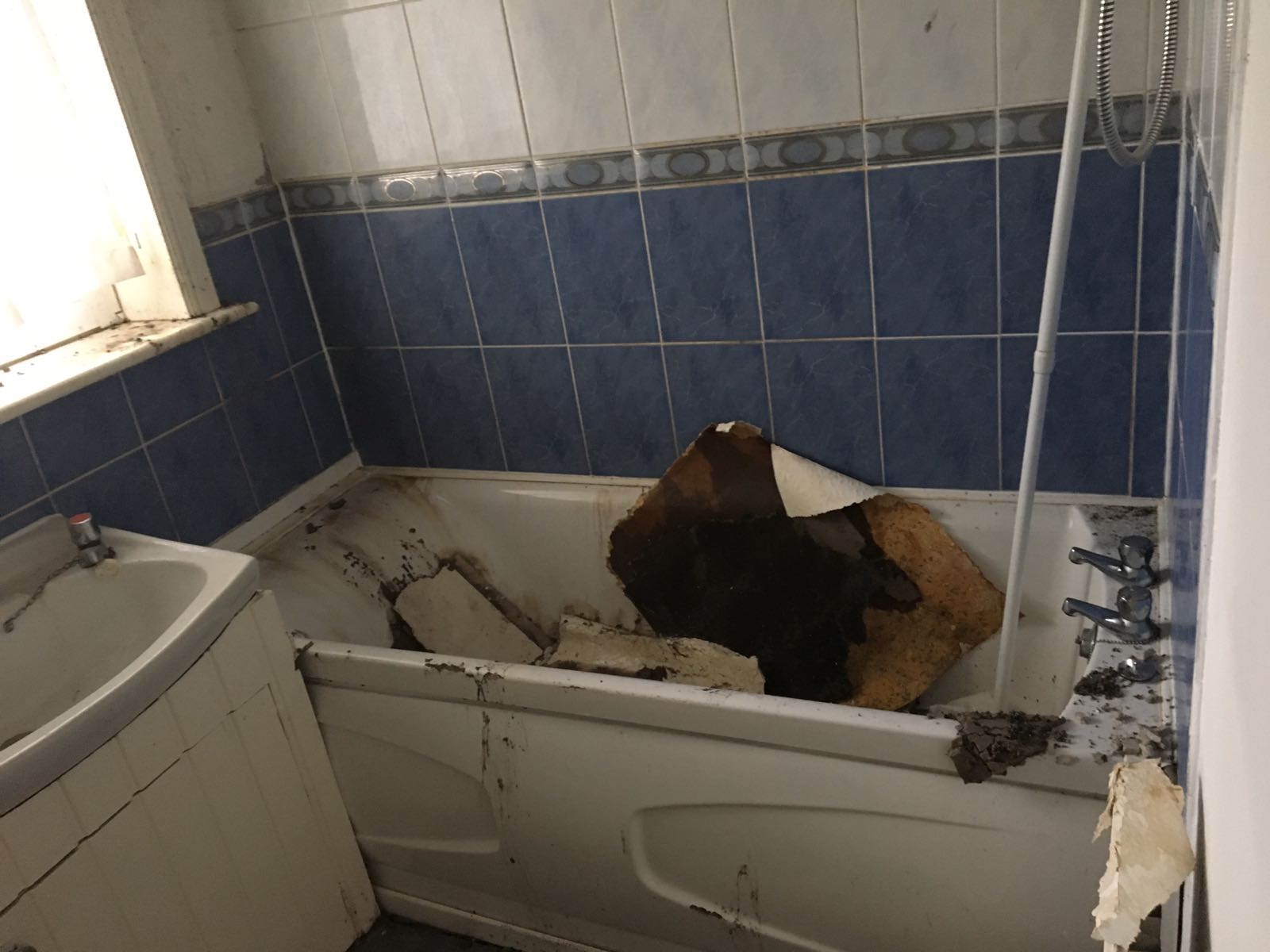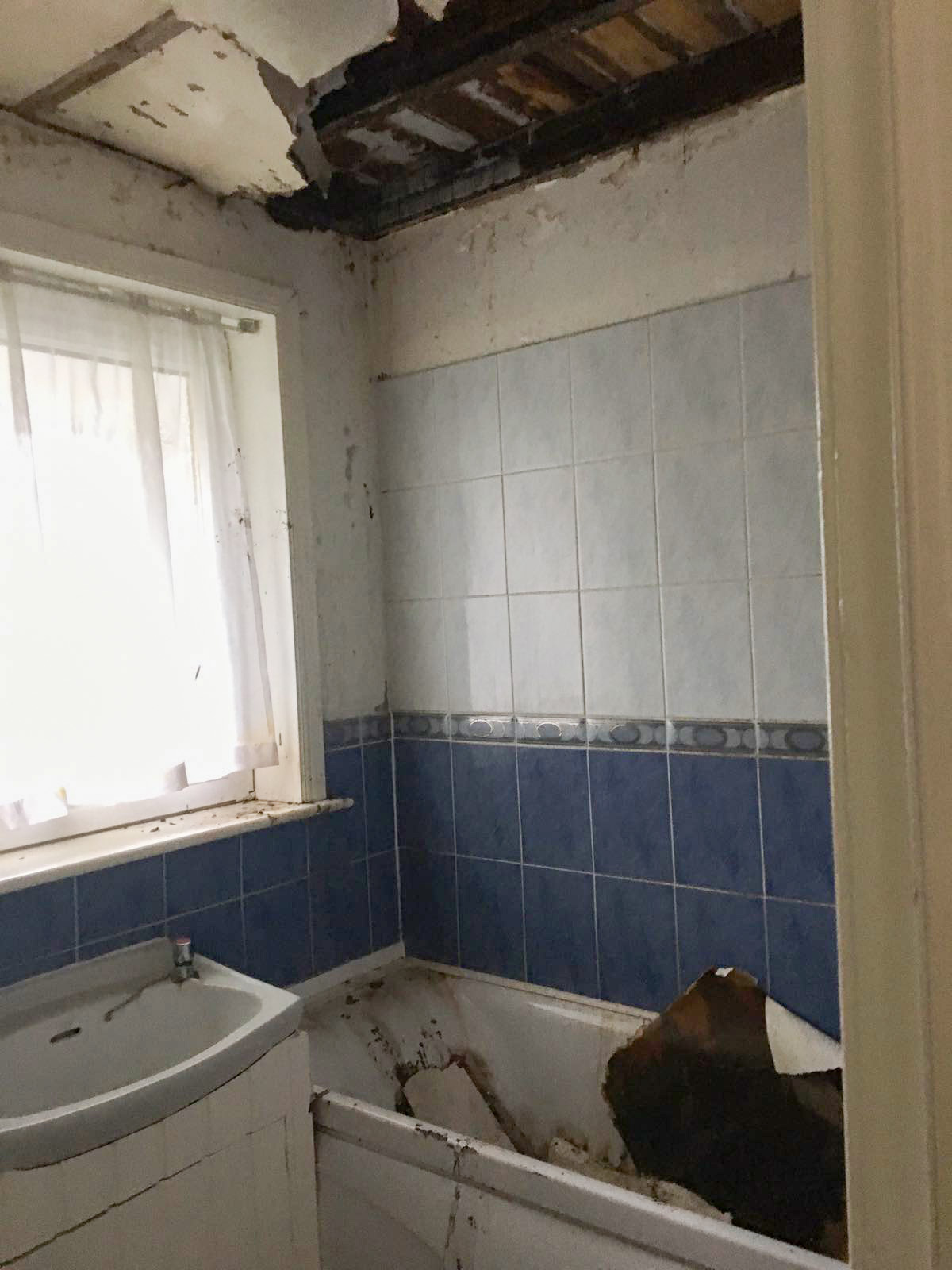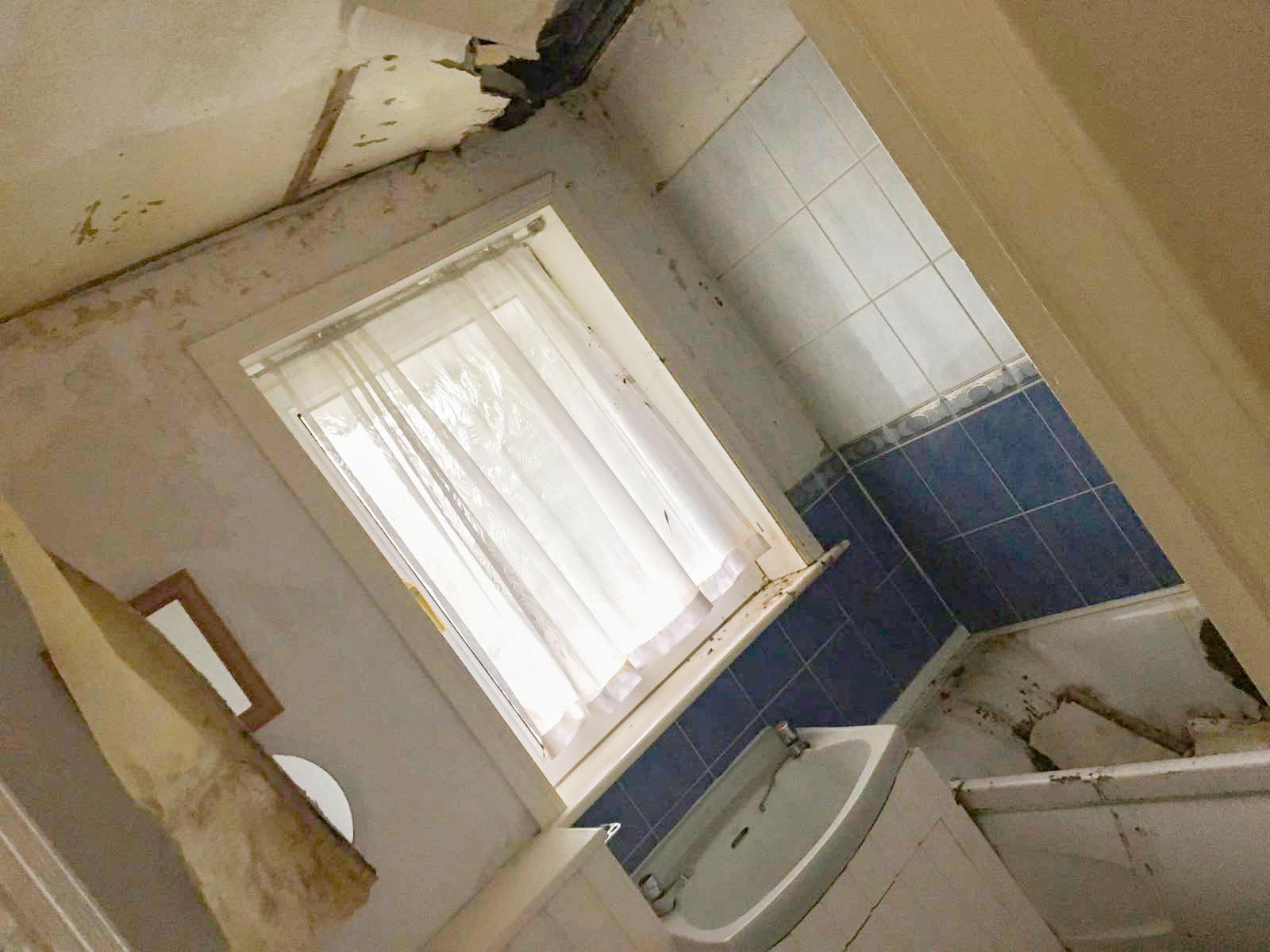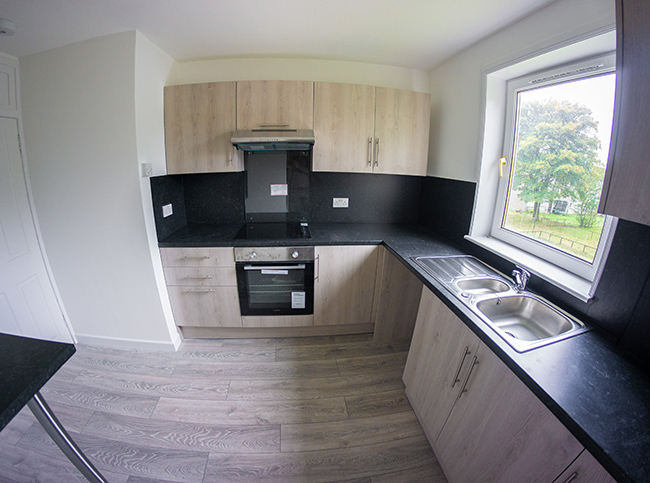The Ultimate Guide to Preventing and Treating Damp in Your Home
Damp is a common problem that can affect any home, regardless of its age or condition. It is caused by excess moisture in the air or water infiltration from external sources such as leaks or poor ventilation. When left untreated, damp can cause a range of problems, including structural damage, mold growth, and health issues. In this article, we will explore the different types of damp, its causes, the signs to look out for, and how to prevent and treat it.
Types of Damp
There are three main types of damp: rising damp, penetrating damp, and condensation. Understanding the different types of damp can help you identify the problem and choose the right approach to treatment.
- Rising damp: Rising damp is caused by moisture from the ground rising up through the walls and floors of a building. It is more common in older buildings with poor or non-existent damp proof courses. The moisture can cause damage to the structure of the building, including rotting of wooden floors and skirting boards. It can also cause mold growth, musty odors, and health issues such as respiratory problems.
- Penetrating damp: Penetrating damp is caused by water penetrating the walls and floors of a building. It can be caused by leaks from roofs, gutters, or plumbing, or by porous masonry that allows water to pass through. It can cause damage to the structure of the building, including damp patches on walls and ceilings, blistering paint or wallpaper, and mold growth. It can also lead to health issues such as allergies and respiratory problems.
- Condensation: Condensation is caused by moisture in the air condensing on cold surfaces such as windows and walls. It is more common in homes with poor ventilation and can cause mold growth and musty odors. It can also lead to health issues such as respiratory problems and allergies.
Causes of Damp
Damp can be caused by various factors, including poor ventilation, leaks, and condensation. Here are some of the most common causes of damp:
- Poor ventilation: Poor ventilation is a common cause of damp in older buildings. It can lead to the accumulation of moisture, which can cause dampness and mold growth. It is essential to ensure that your home has adequate ventilation in areas such as bathrooms, kitchens, and other high-moisture areas.
- Leaks: Leaks are another common cause of damp in homes. They can be caused by various things, including damaged roofs, broken pipes, or faulty gutters. Leaks can lead to the accumulation of moisture, which can cause dampness and mold growth. It is essential to address leaks as soon as possible to prevent further damage to your home.
- Condensation: Condensation is another cause of damp in your home. It occurs when moisture in the air comes into contact with cold surfaces, such as walls or windows. When this happens, the moisture condenses, forming water droplets. This moisture can lead to dampness and mold growth if left untreated.
- Lack of damp proofing: Lack of damp proofing is a common cause of rising damp. Older buildings may not have damp proof courses, which are designed to prevent moisture from rising up through the walls and floors of a building. Without a damp proof course, moisture can seep into the building, causing dampness and mold growth.
- Poor insulation: Poor insulation can lead to condensation and dampness in your home. Without proper insulation, cold surfaces such as walls and floors can cause moisture in the air to condense, leading to dampness and mold growth.
- High humidity levels: High humidity levels can also contribute to dampness in your home. Humidity levels above 60% can encourage mold growth and other problems. Humidity can be caused by activities such as cooking, bathing, and drying clothes indoors. It is essential to ensure that your home has proper ventilation to prevent high humidity levels.
Signs of Damp in Your Home
There are various signs that you may have damp in your home. These include:
- Musty odors: Dampness can cause a musty odor in your home. If you notice a musty smell, it is a sign that there may be dampness in your home.
- Damp or wet patches on walls or ceilings: Damp patches on walls or ceilings are a clear sign of dampness in your home. The patches may be discolored or have a different texture than the surrounding area.
- Peeling wallpaper or paint: If your wallpaper or paint is peeling, it may be a sign of dampness. The moisture can cause the wallpaper or paint to loosen and peel away from the wall.
- Staining or discoloration on walls or ceilings: Stains or discoloration on walls or ceilings can be a sign of dampness. The moisture can cause the paint or wallpaper to become discolored or stained.
- Mold growth on walls or ceilings: Mold growth is a clear sign of dampness in your home. Mold can be black, green, or white and can grow on walls, ceilings, or other surfaces.
- Blistering or bubbling on walls or ceilings: Blistering or bubbling on walls or ceilings can be a sign of dampness. The moisture can cause the paint or wallpaper to bubble or blister away from the wall.
- Rotting wood or a musty smell in your attic or basement: Rotting wood or a musty smell in your attic or basement can be a sign of dampness. The moisture can cause wood to rot, which can weaken the structure of your home.
- High humidity levels: If you notice high humidity levels in your home, it can be a sign of dampness. You can measure the humidity level using a hygrometer.
If you notice any of these signs, it is essential to address them as soon as possible to prevent further damage to your home and your health.
Preventing Damp in Your Home
Preventing damp in your home is essential to keep your home healthy and safe. Here are some tips to prevent damp in your home:
- Improve ventilation: Proper ventilation is key to preventing damp in your home. Make sure that your home has adequate ventilation in areas such as bathrooms, kitchens, and other high-moisture areas. Consider installing extractor fans to remove excess moisture from these areas.
- Fix leaks: If you notice any leaks in your home, it is essential to address them as soon as possible. This will help prevent the buildup of moisture in your home and reduce the risk of damp and mold growth.
- Reduce condensation: To reduce condensation in your home, you can take steps such as opening windows and doors to improve ventilation, using a dehumidifier to remove excess moisture from the air, and avoiding drying clothes indoors.
- Insulate your home: Proper insulation can help prevent damp in your home. Insulate your walls, roof, and floors to keep your home warm and dry.
- Use moisture-resistant materials: Using moisture-resistant materials such as moisture-resistant drywall and paint can help prevent dampness and mold growth.
- Maintain your gutters: Clean your gutters regularly to prevent water from overflowing and seeping into your home’s foundation.
- Maintain your roof: Make sure that your roof is in good condition to and water infiltration. Inspect your roof regularly and repair any damage as soon as possible.
- Monitor humidity levels: Keep track of the humidity levels in your home using a hygrometer. Humidity levels should be between 30% and 50%. If the humidity levels are consistently high, it may be a sign of dampness in your home.
Treating Damp in Your Home
If you already have damp in your home, it is essential to address it as soon as possible to prevent further damage. Here are some tips to treat damp in your home:
- Use a dehumidifier: A dehumidifier can help remove excess moisture from the air, preventing further mold growth.
- Clean affected areas: If you notice mold or dampness in your home, clean the affected areas with a mold and mildew remover to prevent further growth.
- Repair damage: If your walls or ceilings are damaged due to damp, it is essential to repair them as soon as possible to prevent further damage.
- Seek professional help: If you are not sure how to address the damp in your home, it is best to seek professional help. Professional damp proofing companies can assess your home and provide you with advice and solutions to address the problem.
Health Effects of Damp
Damp in your home can have significant health effects, particularly for those with respiratory issues such as asthma. It can cause respiratory problems, allergies, and other health issues. In addition, mold growth can release spores into the air, which can cause respiratory problems and other health issues.
If you or a family member experiences respiratory issues or allergies, it is essential to address any damp in your home as soon as possible to prevent further health issues.
Conclusion
Damp in your home is a problem that should not be ignored. It can cause a range of problems, including mold growth, musty odors, and structural damage. Preventing damp in your home is essential to keep your home healthy and safe. By improving ventilation, fixing leaks, reducing condensation, insulating your home, using moisture-resistant materials, maintaining your gutters and roof, and monitoring humidity levels, you can prevent damp from occurring. If you already have damp in your home, it is essential to address it as soon as possible to prevent further damage. By using a dehumidifier, cleaning affected areas, repairing damage, and seeking professional help, you can keep your home healthy, safe, and damp-free.
Overall, it is important to remember that damp is a common problem that can affect any home. By understanding the causes, signs, and prevention methods for damp, you can take proactive steps to keep your home healthy and safe for you and your family. With the right approach, you can prevent and treat damp, ensuring that your home is a safe and healthy place to live.
Take a look are some of our previous work on Facebook and Instagram
You might also be interested in some of our other informative blogs;









